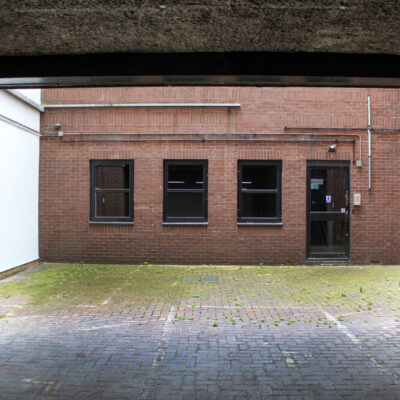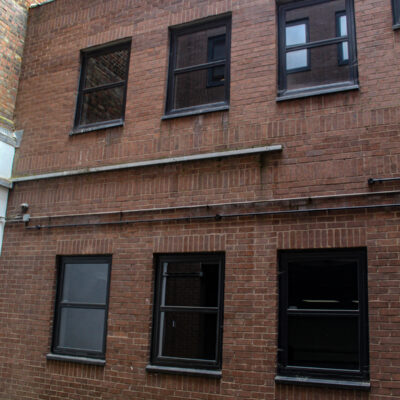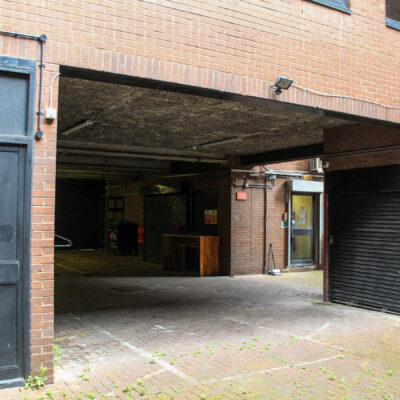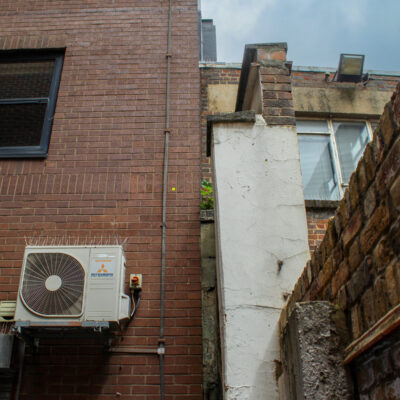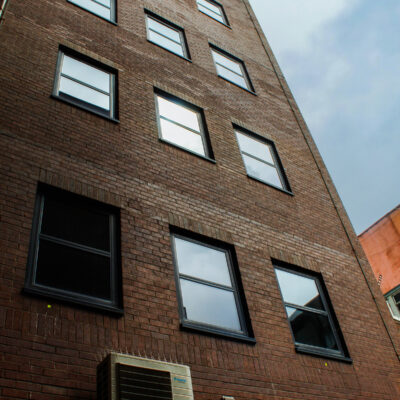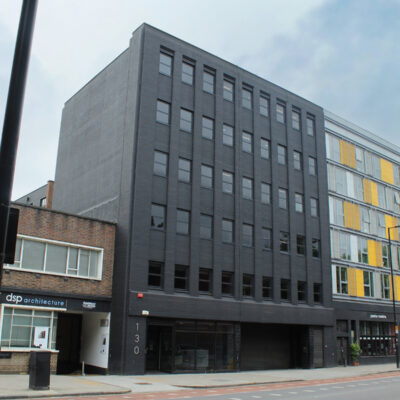Archaeological Desk-Based Assessment, Old Street, London
Archaeological Desk Based Assessment (ADBA) regarding alterations to an existing six-storey office premises at Old Street, London.

In Brief
Key Points
- The site was situated about 20m E of the eastern boundary of the Conservation Area of St Luke’s
- The site was located within the Tier 2 Archaeological Priority Area of Moorfields
Summary
The site had a low to moderate potential for encountering evidence of prehistoric and Roman activity with only slight evidence of prehistoric activity in the immediate vicinity of the site whilst in the Romano-British period the site appears to have lain within an extensive area of marshland to the north of the Roman city walls. Archaeological investigations carried out in the immediate vicinity of the site indicate that it remained as marginal agricultural land or marsh on the northern fringes of the city throughout the medieval period with little evidence for significant occupation nearby.
The site had a moderate to high potential to encounter archaeological remains of post-medieval date. Archaeological investigations nearby demonstrated potential to reveal early post-medieval features and deposits associated with land reclamation, industrial activity, refuse disposal and quarrying within the site. Historic mapping indicates the presence of several buildings on the site from the mid-17th century onwards, which appear to have been rebuilt in the late 18th/early 19th century (when a public house and shop premises with lead-smelting furnace are recorded). These were substantially rebuilt in the mid-19th century and a substantial range of buildings erected within the central and western portions of the site.
Results
The site was deemed as having significant potential to encounter the remains of 17th-19th century buildings with a greater likelihood of survival within the yard to the rear of the existing six-storey office premises, which may not have been as heavily disturbed by modern building activity.
There is significant potential for groundworks to reveal evidence of deeply stratified occupation deposits and structural remains of early post-medieval date within the site, possibly including evidence for industrial activity (lead-smelting).
Evidence of post-medieval land reclamation and quarry features, dwellings and industrial buildings would be regarded as being of Medium importance, as they could potentially shed valuable light on the changing nature of land use, settlement and industrial activity along Old Street during the 16th-19th centuries.

